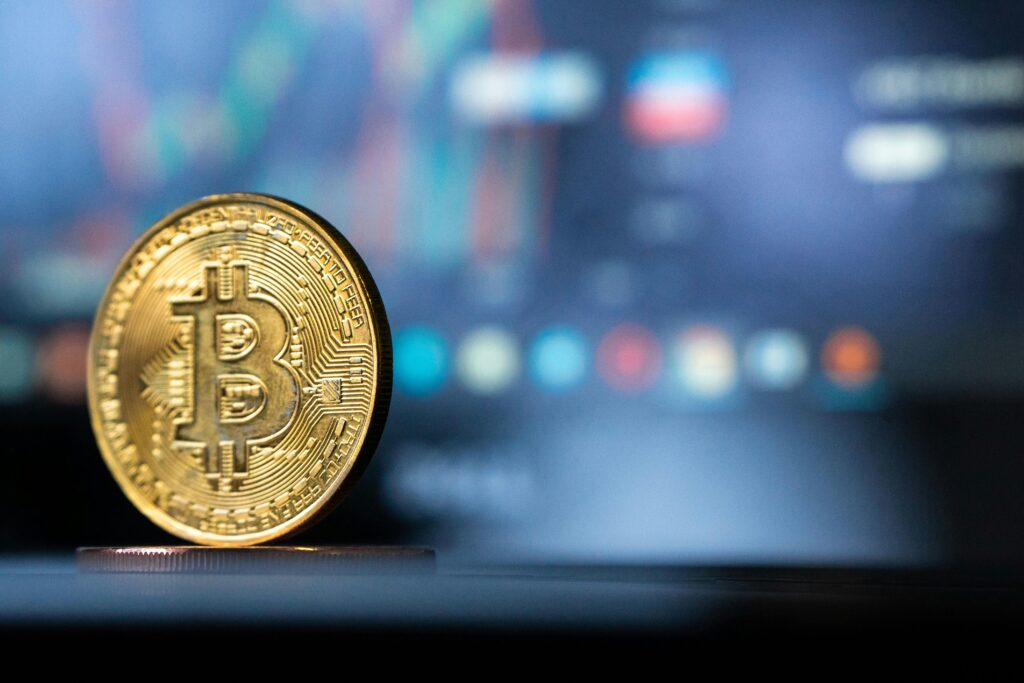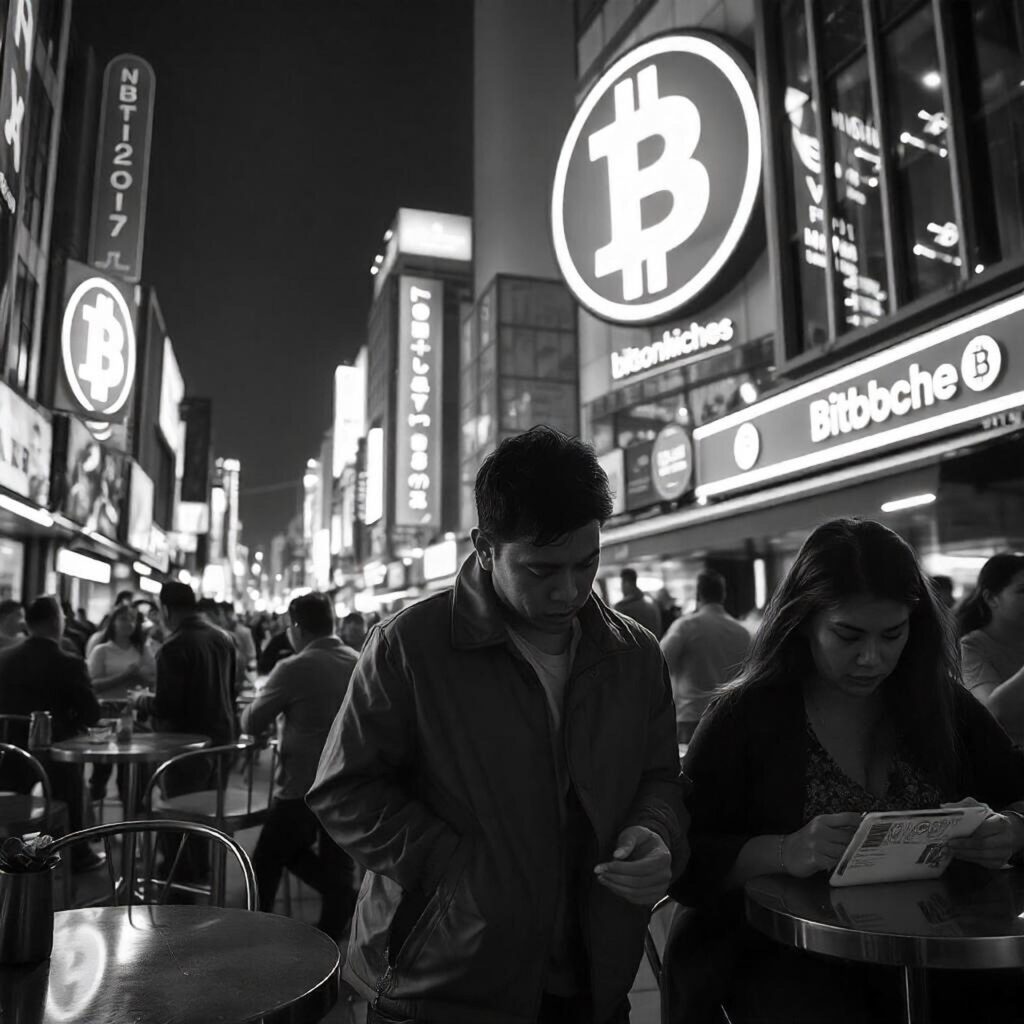Introduction
Decentralized Finance (DeFi) exploded in 2020–2021, introducing yield farming, lending, and decentralized exchanges (DEXs). But in 2025, DeFi is no longer just about chasing high yields. It’s evolving into a full financial system — offering real-world use cases like loans, insurance, and cross-border payments. Let’s explore how DeFi is growing beyond yield farming.
1. What DeFi Meant in the Early Days
- In 2020–2021, DeFi was mostly about yield farming — staking coins in pools for huge returns.
- Many projects offered unsustainable rewards, which later collapsed.
- Still, it proved one thing: Finance can run without banks.
Example: Uniswap allowed users to trade tokens without a middleman, kickstarting the DEX revolution.
2. The Maturity of DeFi in 2025
Today, DeFi is more professional and sustainable:
- Stable Yields: Instead of 1000% APRs, DeFi now offers realistic returns (5–15%).
- Safer Protocols: Audited smart contracts reduce hacks and rug pulls.
- Institutional Adoption: Banks and funds are exploring DeFi for lending and trading.

3. Real-World Use Cases of DeFi
DeFi isn’t just for crypto traders anymore:
- Loans & Borrowing: Get loans instantly using crypto as collateral.
- Insurance: DeFi insurance protects against hacks or smart contract failures.
- Cross-Border Payments: Faster and cheaper than traditional banks.
- Tokenized Assets: Real estate, stocks, and even commodities can now be traded as tokens.
Example: A farmer in Africa can access DeFi loans using stablecoins instead of relying on a local bank.
4. The Challenges of DeFi
Despite growth, DeFi still faces big issues:
- Security Risks: Hacks and bugs remain a problem.
- Regulation: Governments want to control DeFi, raising legal questions.
- Complexity: Many platforms are still too difficult for beginners.
- Volatility: Collateral can drop in value quickly.

5. The Future of DeFi Beyond 2025
- Integration with Traditional Finance: Expect hybrid models where banks use DeFi tools.
- AI + DeFi: Smarter algorithms for lending, borrowing, and trading.
- Global Access: Billions of people without banks could join the DeFi economy.
- Metaverse & DeFi: Virtual worlds will integrate DeFi for property ownership, payments, and services.
Conclusion
In 2025, DeFi is moving beyond hype and yield farming into a mature, global financial system. With safer platforms, real-world use cases, and growing adoption, it has the potential to revolutionize how money works. While risks remain, the future of DeFi looks brighter — and more stable — than ever before.